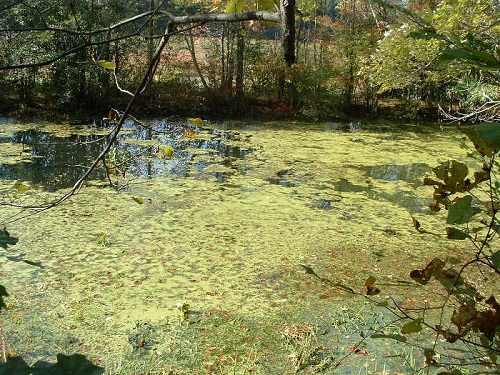FWP:
SETS == DOUBLE ACTIVATION; WORDPLAY
JAUHAR: {5,4}
SWORD: {1,3}
A sword has 'water' for two reasons. For one thing, it has jauhar or 'temper', one meaning of which is 'gem', and jewels have 'water' as a criterion of quality; in English too we speak of 'a diamond of the first water'. A sword also has water because it has aab (see the definition above), which includes the 'temper (of steel, &c.); edge or sharpness (of a sword, &c.)'; for more on this, see {193,2}. Faruqi adds the association of zahr-aab with the water in which a sword has been immersed to 'quench' it as part of the tempering process.
The idiomatic negative use of ma((luum , literally 'known', to mean 'known not to exist' or 'known not to be possible', is quite common; for more on this, see {4,3}.
The controversy over zahr-aab as being used in Persian to mean 'urine', and whether this association affects the verse, looms large to the commentators; Faruqi too discusses it at length (pp. 341-43). It points up perhaps one of the few ways in which we latecomers have an advantage: many of us don't think distractingly of that meaning because we aren't familiar with it.
Bekhud Dihlavi speaks of 'the way the temper of a sword is brought out by the sprinkling of zahr-aab '; if 'poison-water' can refer to acid, then apparently he's more or less right about the metallurgy: the boundary or 'temper line' between the extremely hard (but brittle) edge of the blade and the softer (but more flexible) center can be brought out by being 'polished or etched with acid'. It's easy to imagine that zahr-aab might also be used to refer to some kind of acid used in the sword-making process. Bekhud Mohani's verses from Momin and Zafar both seem to share that view.
But Steingass gives quite a different meaning, and the 'greenery' and 'fountain' imagery support Steingass (see the definition above). So it seems that zahr-aab is 'doubly activated': the verse insists that we think of it both in terms of stagnant water, and in terms of sword-tempering.
As Faruqi points out, {109,7x} shares the same nexus of zahr-aab imagery.

Nazm:
By zahr-aab is meant grief and anger; that is, my composition is from grief and anger. Then in addition he boasts that the temper of a sword is in the sword alone; at any other fountain-head, where is this greenery? The late author was heedless here-- in Iran, language-knowers also use zahr-aab for urine; he ought to have avoided this word. (245)
== Nazm page 245